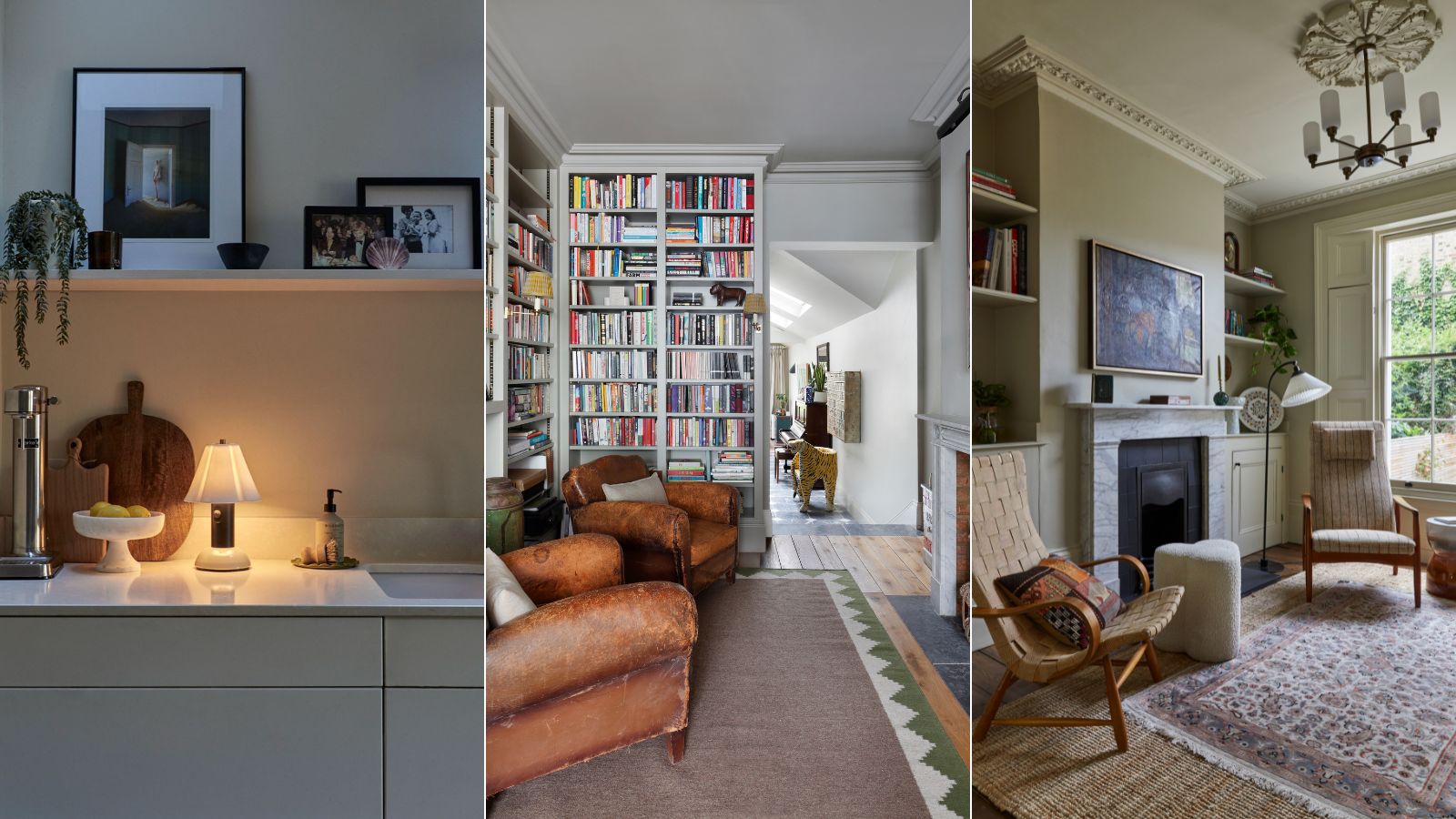
I have just downsized. It's not a common life choice no, but it's always going to be the way when moving from countryside to city and I am still very happy with my lot. We've been talking a lot at H&G recently about mood-boosting interior design and how your surroundings of course have an effect on your wellbeing, so as I am designing and decorating my small space this has been a key consideration.
There are so many 'rules' when it comes to designing a small space you can feel a bit limited when it comes to colors and layouts and decor. But I am playing fast and loose with those tried and tested concepts and instead trying to think what decisions will ensure I have a happy home that lifts my mood.
I also asked for the help of interior designers who have plenty of experience when it comes to designing mood-boosting small spaces and here are the best 5 tips we came up with together – all of which I will be implementing in my small apartment.
5 mood-boosting design tips for small spaces
Dopamine decor is just as achievable in a small space, just because square footage might be limited, that needn't mean you can't decorate in a way you love and makes you happy. For decades the go-to in small space design has been all about neutral colors, pale shades, and minimalist – but if those things don't spark joy, don't let lack of floor space make these decisions for you.
1. Lean into smaller proportions
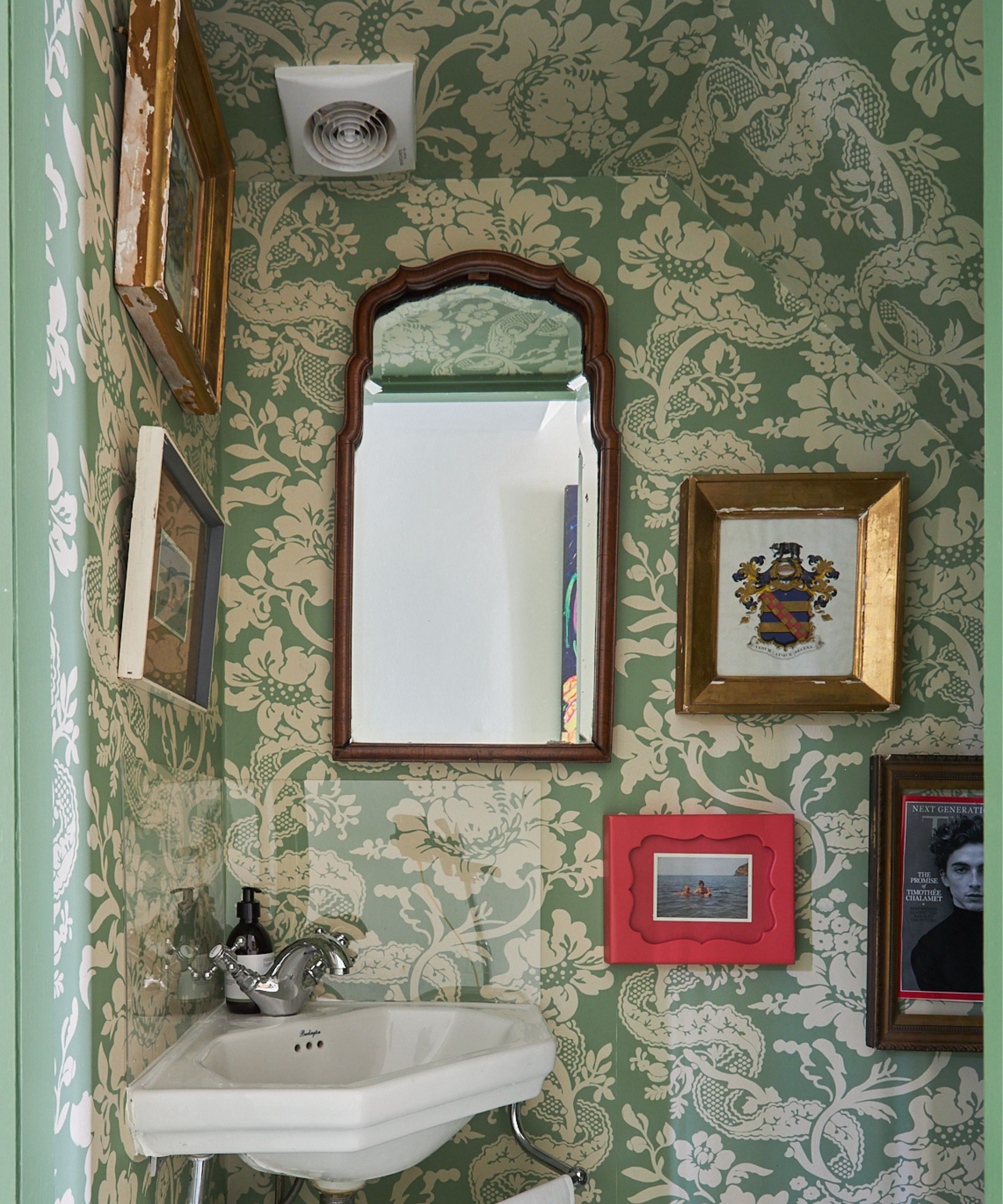
So many small room ideas are about making the room feel bigger and brighter and using tricks to 'expand' the room, but what if you instead leaned into the smaller portions and created rooms that feel cocooning and characterful? As designer Amber Guyton of Blessed Little Bungalow says, 'Smaller spaces can feel more intimate, cozy, safe as a home, and feel less intimidating in creating and curating a space you're proud of, especially for those that are living alone for the first time or are new homeowners.'
'The best way to design a small space so that your health and happiness thrives in it is to lean into the good qualities of a small space, rather than trying to disguise them,' explains designer Kathy Kuo.
'Of course, there are time-tested tricks like a light wall color, adding large wall mirrors, and maximizing natural light, but you can also take advantage of the fact that a small space may just feel better with a cozy cottagecore look than a mid-century modern one. Think of it as a glass-half-full approach to design!"
2. Pick colors that resonate with you (regardless of 'rules')

'When designing a small space that will positively impact your wellbeing, it is crucial to focus on colors and patterns that resonate with your own personal interior design style. Opt for a palette that reflects tranquility and joy; soft blues and greens promote a sense of calm, while cheerful yellows can invigorate and uplift the spirit,' suggests Kati Curtis.
Bethany Adams agrees, 'When you have a small space the best thing you can do to boost your mood is to infuse it with a color that makes you happy. Blue is soothing, whereas yellows and oranges will brighten your day. You needn't color drench the space to get the effects – you can keep the paint neutral if that's what you prefer and bring in that color in your furnishings, art, and accessories.'
'Incorporate patterns that you love, whether it’s a geometric print that evokes modernity or floral motifs that bring nature indoors. Use mirrors to create an illusion of space and strategic lighting to highlight your favorite elements. Remember, the key is to design a space that feels open, harmonious, and true to your personal taste, fostering an environment where you can feel at ease and content,' adds Kati.
In this green bedroom design by Dmar Interiors, color drenching the room has ticked both boxes, it's actually blurred the dimensions of the space and made it feel bigger but also created this cozy, calming space that proves smaller rooms can handle bolder colors.
3. Create spaces to cull the clutter
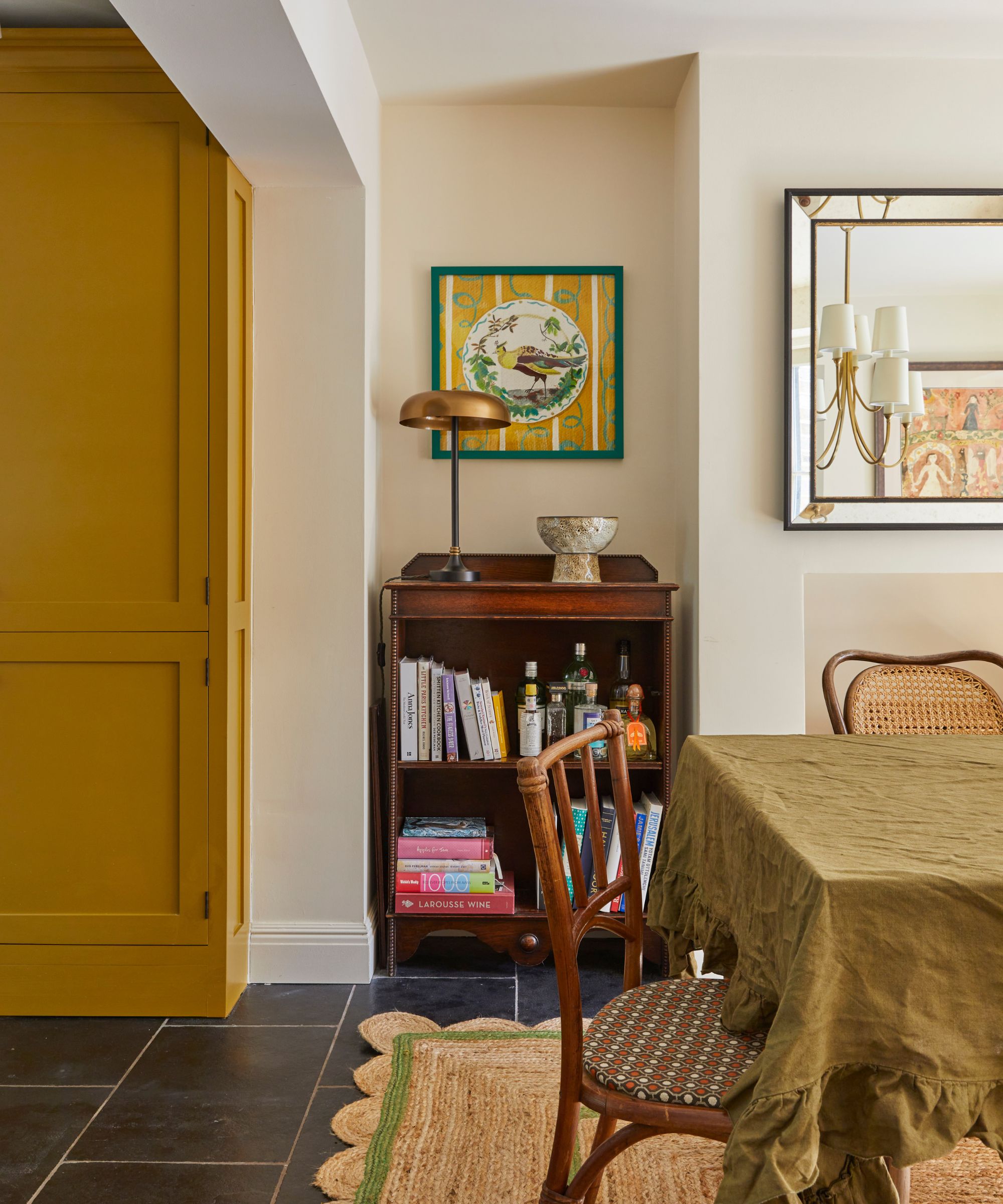
Clutter-free rooms of any size are far more likely to boost your mood, but in small spaces, where it's more difficult to hide clutter in lesser-used spaces, it is particularly important to create plenty of storage spaces. And have regular declutters to ensure you are only bringing pieces in that give you joy (or are absolute essentials) so your rooms don't start to bring your mood down with unwanted mess and clutter.
In smaller rooms, you need to be a bit more creative with what you use as storage, but a good tip is to find storage that can double as decor too. Baskets and trays are ideal for corralling clutter in a way that still looks aesthetically pleasing. 'Make sure to incorporate storage (baskets under the coffee table, etc) so you have a place to stash clutter, because nothing kills the mood in a small space like a mess,' suggests Bethany.
4. Pay close attention to the lighting throughout the day
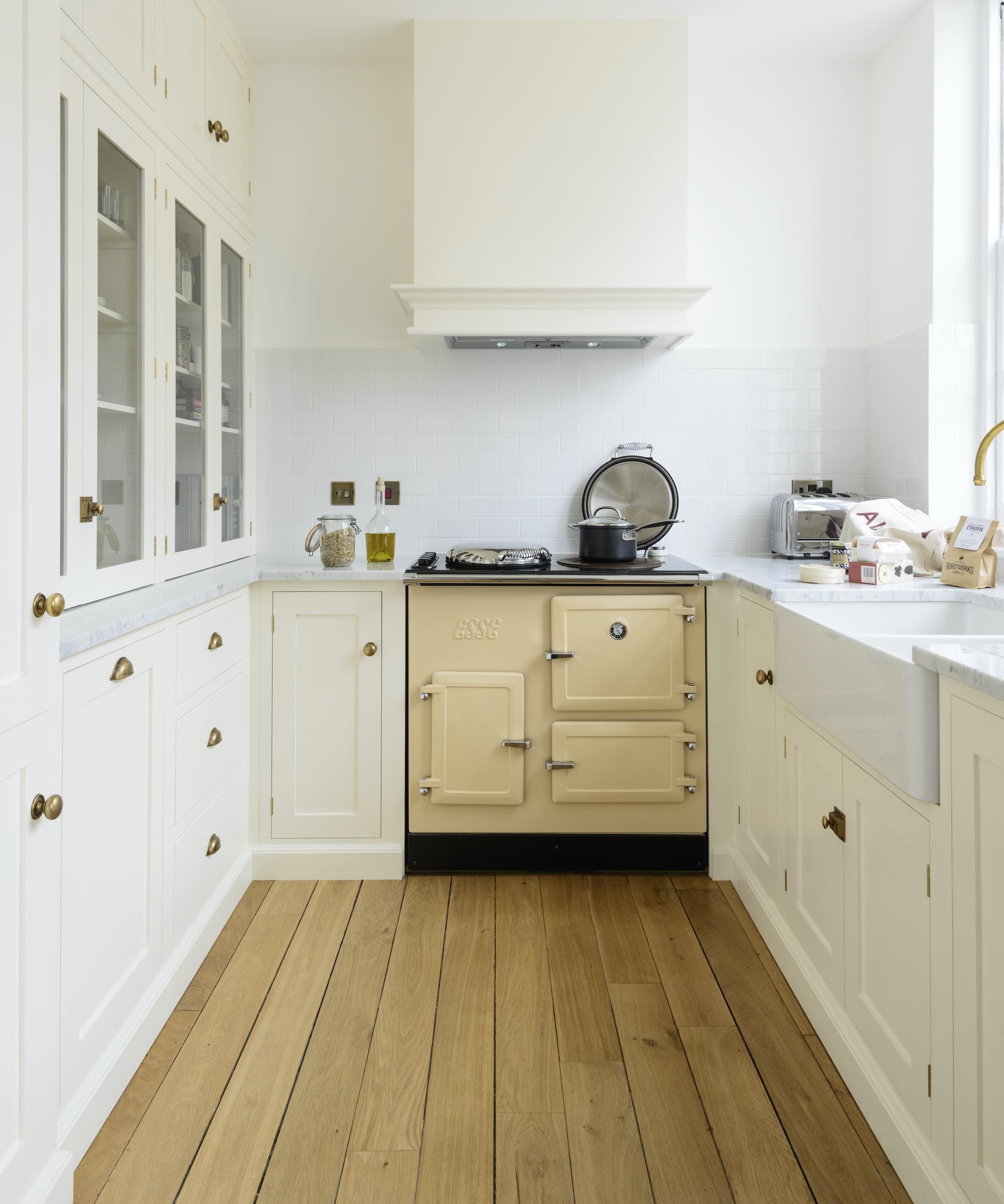
Lighting is one of the key ways in which interior design can affect your wellbeing, and one of the easier ways I found to make my small space feel really calming and serene. I have many light sources at different heights throughout the apartment, all very soft and warm, which once the natural light goes creates the perfect relaxing ambiance.
'The effective use of lighting plays an essential role in transforming a small area into a serene and productive sanctuary. Aim for a combination of warm white LED bulbs for a cozy ambiance and lamps to concentrate on specific areas without overwhelming the space,' suggests Kati Curtis.
'And of course, capitalize on natural light as much as possible by keeping windows unobstructed; it not only helps to create a feeling of openness but also circulates fresh air and connects you with the outside world, offering an emotional and spiritual respite.'
5. Don't think small in a small space
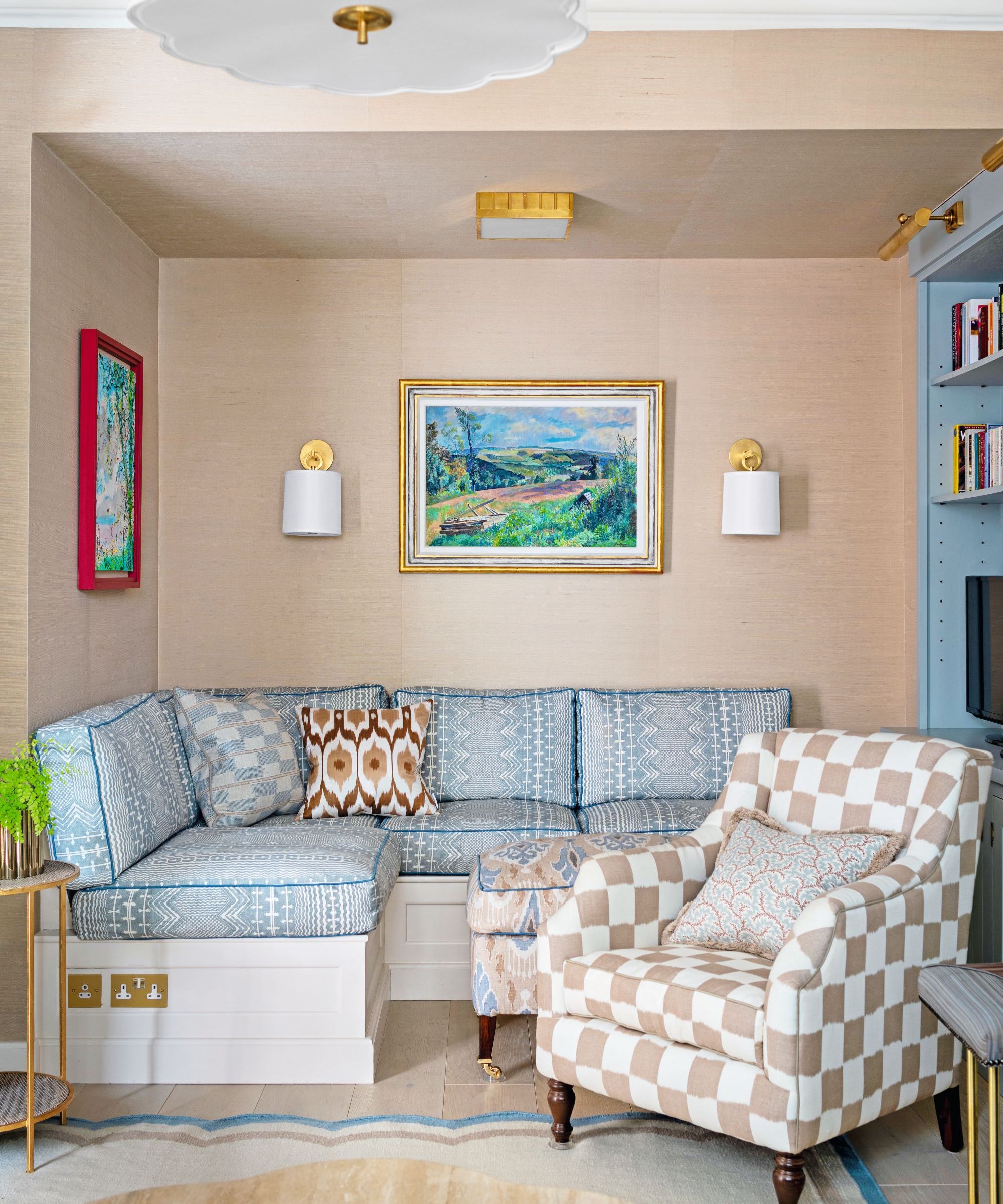
A small space doesn't always need small furniture. This was a mistake I first made in my space – small dining table, small couch, small coffee table, small prints. It ended up making the flat feel very cluttered and not very mood boosting. I have since learned, fewer pieces but in bigger sizes fill the space far nicer and create a much more natural flow around the room.
'It's always important to take your time before making any final decisions to know exactly how you want to live in the space and what you truly need when it comes to things like storage. Also don't only buy "small" pieces because the space is small. That can actually make a space feel tinier and bitsy. Don't be afraid of larger art pieces, an average-sized sofa, a larger rug, etc. I promise it will look more well-designed and intentional,' explains Emily Henderson.
6. Decorate with things that have meaning

The easiest and most obvious way to boost your mood with interiors? Decorate with things you love and have meaning, make the space feel like you. Rather than following interior design trends overly closely, bring in prints, books, knick-knacks that you have collected and will fill your rooms with character and personality.
Trends for 2024 are all about more lived-in spaces and designing homes that feel like there's a person behind them. Styles like bookshelf wealth are the perfect example, and while this kind of busy, cluttered look would once have been shied away from in small spaces, now this cozy, happy, joy-inducing look is being celebrated and everyone wants to recreate it.
Designing a small space that boosts your mood is mostly about just ignoring those 'rules' that have been ingrained and instead just decorate in a way that makes you happy. Use color, use pattern, get out all your well-loved pieces of decor and create spaces that reflect you.







